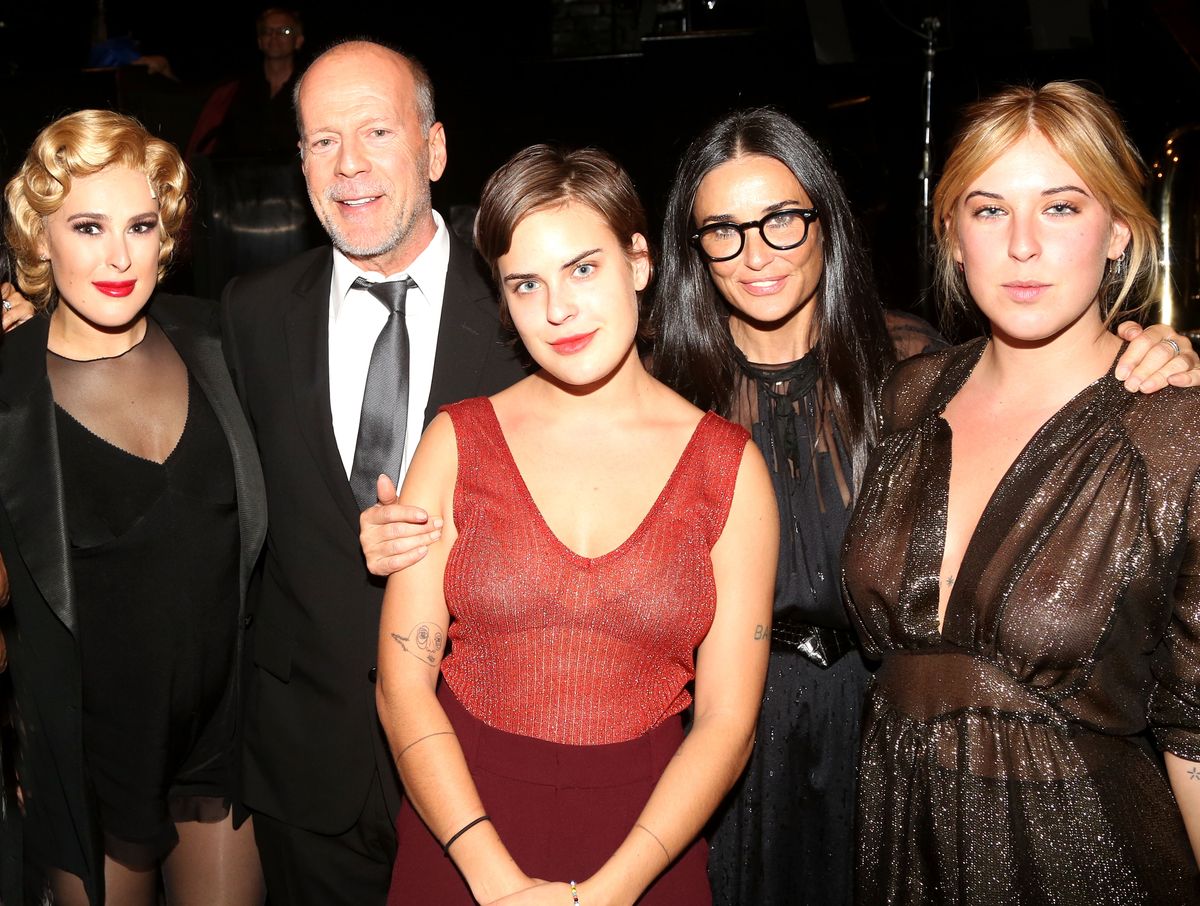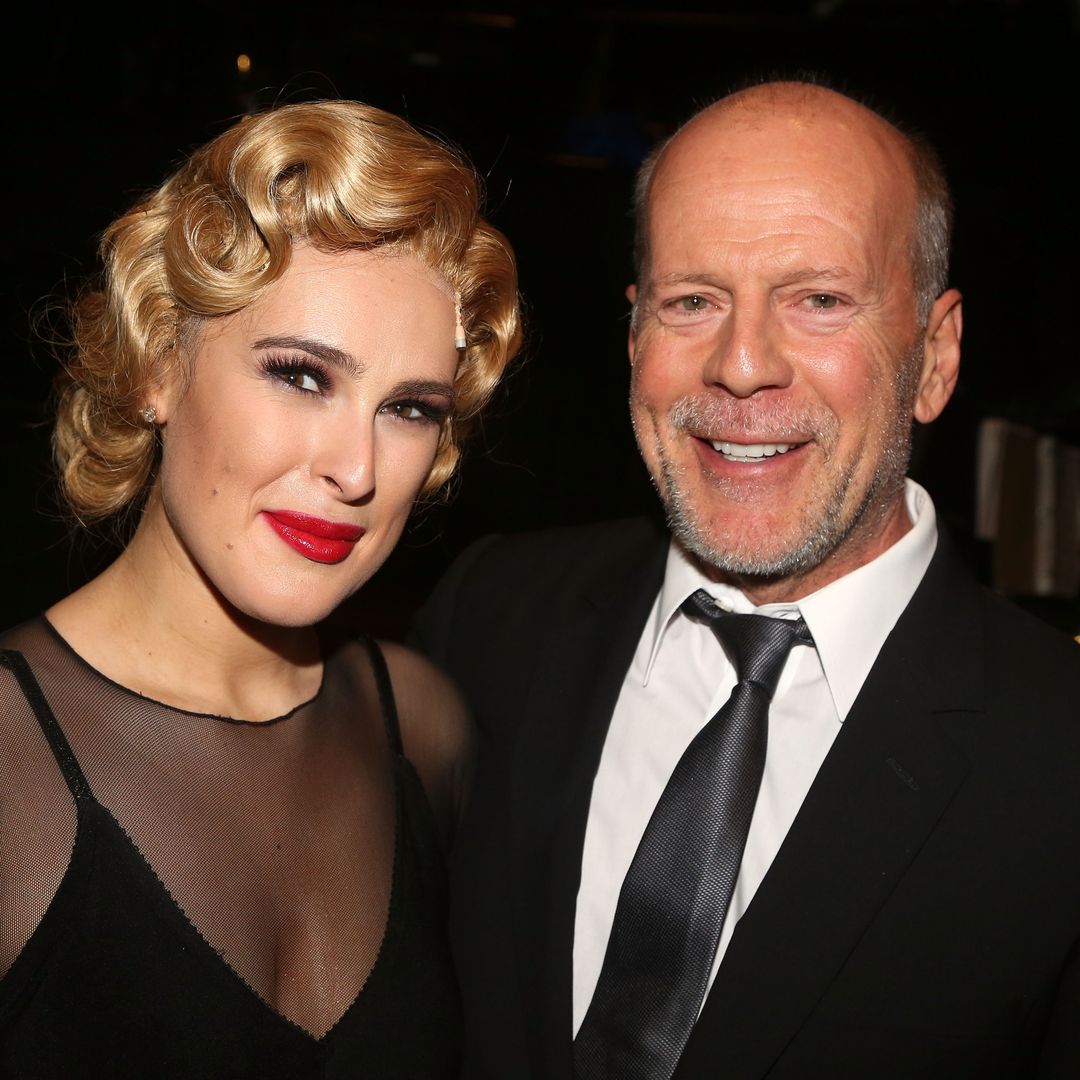Bruce Willis, the action hero who defined a generation with "Die Hard" and countless Hollywood classics, is now facing his toughest role yet. At 70 years old, the actor is living with frontotemporal dementia (FTD), a progressive brain disorder that has transformed his life and reshaped his family’s reality.
In March 2022, Willis’ family revealed he was stepping away from acting due to aphasia, a condition that disrupted his ability to communicate. Less than a year later, the heartbreaking confirmation arrived as the illness had advanced into FTD, an incurable and aggressive form of dementia. Unlike Alzheimer’s, FTD strikes primarily at language, personality, and behavior before memory loss appears.
Glenn Gordon Caron, the creator of the hit TV series “Moonlighting,” shed light on Willis’ challenging journey. He mentioned having a casual relationship with Willis’s wife, Emma Heming Willis, and his three older children. “The thing that makes [his disease] so mind-blowing is [that] if you’ve ever spent time with Bruce Willis, there is no one who had any more joie de vivre [joy of living] than he,” Caron remarked.
Caron's description of FTD conveys the devastating impact the disease has had on Bruce Willis. He explained that it feels as if Willis “now sees life through a screen door.”
By 2023, his loved ones admitted that his condition had worsened rapidly. Family sources disclosed moments when Willis struggled to recognize familiar faces, a reality that underscores the disease’s devastating toll.
A Family Choosing Joy Over Sadness
Despite the decline, Willis’ family has refused to let despair define this chapter. Friends describe warm evenings filled with laughter, dinners, dancing, and quiet TV nights where everyone tries to capture fleeting moments of the Bruce they all know.
Bruce’s wife has taken on the dual role of partner and caregiver, a position she admits is both isolating and scrutinizing. In her recent ABC interview with Diane Sawyer, Heming opened up about the deeply personal decision to move Willis into a single-story home designed for his safety, complete with round-the-clock medical support.
The move sparked debate online, but Heming defended the choice: “I knew Bruce would have wanted this for our daughters. He would have wanted them to live in an environment that met their needs, not his.”
She also revealed the challenges of protecting Bruce’s environment, including limiting noise and even canceling playdates for their daughters, Mabel (13) and Evelyn (11).
Caregiving Under the Spotlight
Heming has been candid about the judgment caregivers face. “Too often, people who haven’t lived this experience are quick to judge,” she said, stressing the importance of empathy. Her upcoming memoir, "An Unexpected Journey," highlights how outsiders often hold strong opinions without firsthand knowledge.
Her words struck a chord with many, including Tallulah Willis, Bruce’s daughter from his marriage to Demi Moore, who publicly thanked Emma for her strength and love.
The Role of Family in His Care
What stands out most in Bruce Willis’ story is the unity of his blended family. Emma, their two young daughters, Demi Moore, and Bruce’s three older daughters — Rumer, Scout, and Tallulah — have joined forces to surround him with care, compassion, and presence.
While Willis may no longer grace movie sets, his story continues to inspire. His battle with FTD has helped shine a spotlight on a disease that remains lesser-known than Alzheimer’s, giving visibility to the struggles millions of families face in silence.
Though frontotemporal dementia has no cure, the Willis family’s story reflects the determination to find joy even in the hardest moments. As Heming said, glimpses of the old Bruce are now celebrated like treasures.









